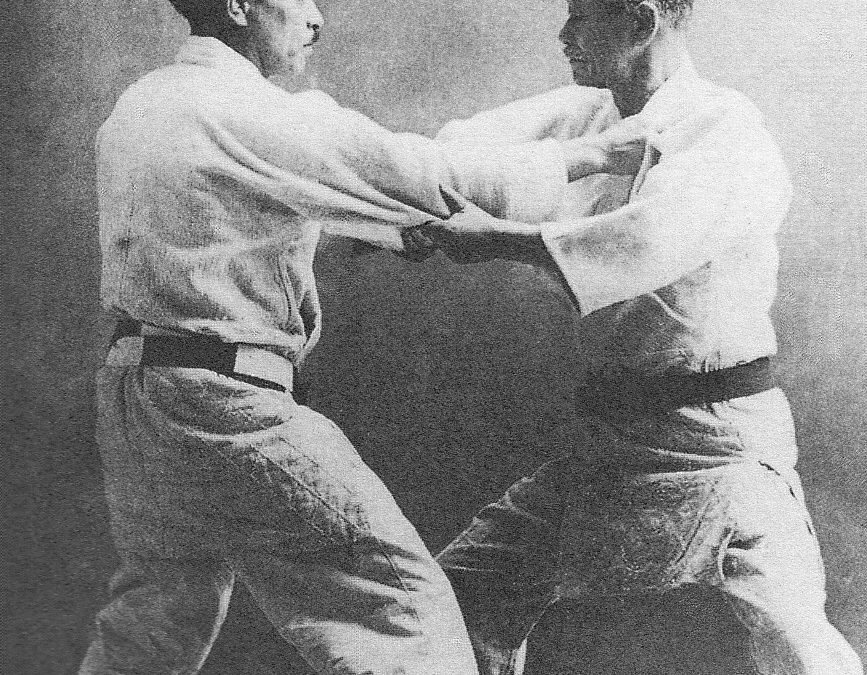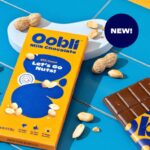Brands can help position themselves by using brand Judo to define their competitors.
Without a competitive contrast, a brand can lack a frame of reference. Often brands use their competitor’s perceived weakness to magnify their strength.
Brand Judo is the leverage using an opponent’s perceived strength to your advantage. Judo allows you to flip strength into a weakness.
One of the legendary examples is Mac versus PC where Apple (Jobs) defined Microsoft (Gates) as inelegant, nerdy and conventional. Yes, a PC was good at Excel – ho hum/boring. Through these contrast ads, Apple created an aura around their brand image that made “think different” a mantra and helped make Apple hip.
In a recent conference call with a new client, I asked them the simple question: “who is the opposite of your brand?”
The executives seemed a little stunned by the question at first. What do you mean, who is the opposite, they asked? Who is your main competitor in the marketplace?
- Who is the Coke to your Pepsi?
- Who is the Ben & Jerry to your Haagen Dazs?
- Who is the yellow cab to your Uber?
- Ali to your Frazier?
- Lexus vs. Audi
- Walgreens vs. CVS
Defining Your Competitor
As I worked through an exercise to determine their opponent, we realized that the difference between their arch rival was very narrow. The products and pricing were similar.
To their customers, both brands blended into a category mush. There was little distinction or difference.
Our goal during this project was to find ways of redefining our competitors in the mind of their customers so that we could move them away from commodity pricing toward adding value. Of course, this isn’t a short-term exercise, but it is a challenge that needs a beginning.
To do this work, we interviewed ten customers who bought from both businesses to help us understand where these differences occurred and to know what mattered. We uncovered some nuggets and insights that allowed us to see, from a customer’s perspective, an important stylistic issue.
The competitor was perceived as fast at delivery but often made small careless mistakes on orders. They weren’t big deals, but they were annoyances. The company I was helping, was seen as always filling orders entirely – flawlessly without any errors or missed shipments.
What we decided to do, was to shine a bright light on the 2% mistake rate of the competitor and, using brand Judo, turned it against the competitor. Turn the perceived speed they had into a weakness using the 2% mistake rate to our advantage.
Why buy from someone who accepts 2% error rate, when you could buy from someone who guarantees 100% accurate? Although the creative messaging has started, the work will focus on a weakness that already exists in the minds of the shared customers – and our job will be to shine a bright light on their error rate, to help reflect the added value we offer. There is a hidden cost in that 2% error and we will make their carelessness the story in contrast to our precision.
Lessons from Listening
By having an objective person interview customers, often they can hear distinctions that those too close to the business can miss. These concerns were mentioned often enough in these interviews that I realized that this could be a wedge to use to separate my client from her nemesis.
Who is doing your listening for you?
Would you benefit from getting an outsider to talk to your customers to understand how they see the competitive landscape? Is there a potential pain point that needs amplification to be heard? Sometimes you can learn about your brand in the contrast with your arch rival if you are an objective listener.
Maybe it is time to consider using Judo to flip your competitor and build you brand. Can you shine a light on your competitor’s perceived strength and turn it into an advantage for your brand?
ありがとう
Arigatou
Thank you
_______
Are you using Judo to flip your competition? Let’s go to the mat together. Contact me here.
https://commons.wikimedia.org/wiki/File:Jigoro_Kano_and_Kyuzo_Mifune_(restoration).jpg




